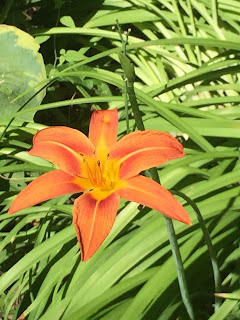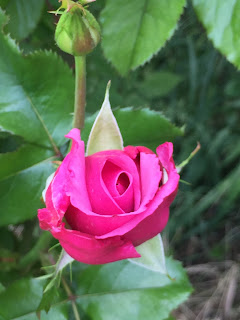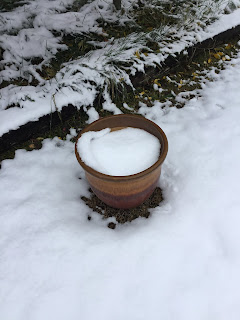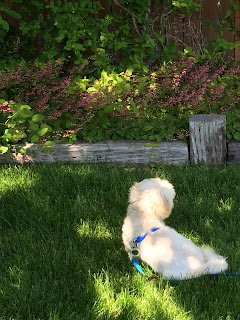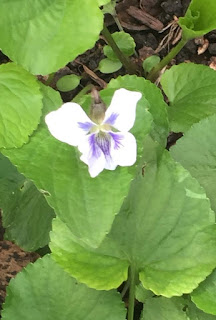“Consider the lilies, how they grow: they neither toil nor spin, yet I tell you, even Solomon in all his glory was not arrayed like one of these.” Luke 12:27 (ESV)
Our first snowfall cam a bit early this year. In many ways, the year 2020 has seemed liked an endless winter. During the COVID-19 lockdown in the spring, I was grateful for the refreshing beauty of our Idaho garden. Throughout the summer, I wanted to hold onto the colors and fragrances of the roses, mock orange, day lilies and — most of all — the purple lilac.
Purple lilac is the state flower of my native state, New Hampshire, and its sweet fragrance always triggers fond childhood memories. This year, the memories were especially poignant as my mom moved into a nursing home after a heart attack in July. The restrictions of COVID-19 made visits few and far between. I spent many afternoons sitting in our backyard, talking to my mom on the phone while looking at our beloved flowering shrubs and vines.
When my mom passed away in October, the dwindling daylight hours matched my darkened state of mind. Grief became a heavy blanket that threatened to smother me. I desperately looked for a sign of hope.
I found that sign in our lilac shrub, which holds springtime in its branches, even when winter comes early! You see, lilacs begin to form next year’s flower buds soon after they finish blooming. If you look closely, you can see these buds at the ends of the branches.
It’s like seeing next spring in the middle of winter! I love that about plants — when the landscape looks dead and dreary, good things are already happening.
“The flowers appear on the earth, the time of singing has come, and the voice of the turtledove is heard in our land.” Song of Solomon 2:12 (ESV)
Just as we can picture buds forming in the dead of winter, we can have faith that new beginnings are already underway. Grief, disappointment and other difficult passages bring winter’s chill into our lives. But hope has a way of sneaking up on us, even if we can’t see it at the moment. I see next year’s lilac buds and remember new life, resurrection, unexpected joy.
Amen.

